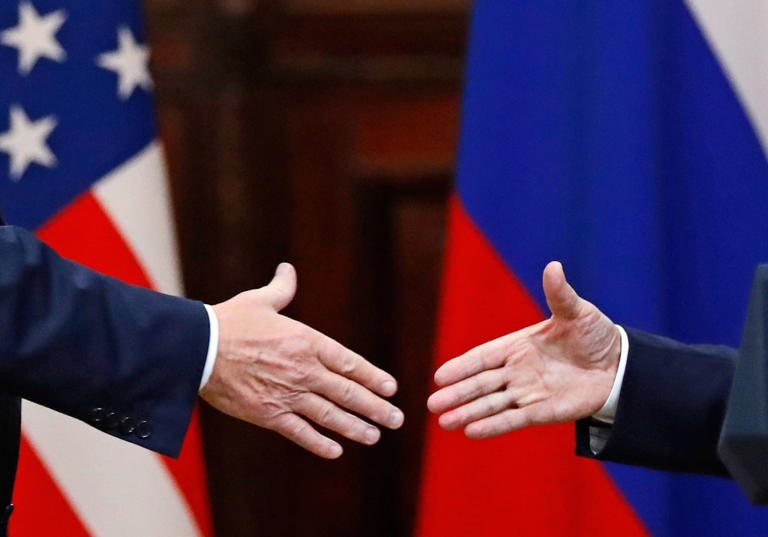President-elect Donald Trump has pledged to broker a peace deal in Ukraine, but as he prepares to take office, peace seems as elusive as ever.
Moscow and Kyiv are seeking battlefield gains to strengthen their negotiating positions ahead of any prospective talks to end the 3-year-old war.
In the past year, Russian troops have slowly but steadily advancing through Ukrainian defenses, seeking to establish full control of the four regions in the east and south that Moscow illegally annexed early in the war but never completely captured. It’s also launching waves of missiles and drones to try to cripple Ukraine’s energy network and other vital infrastructure.
Ukraine, in turn, has tried to secure and extend its incursion into Russia’s Kursk region. Kyiv’s missiles and drones also have struck Russian oil facilities and other key targets important for Moscow’s war machine.
Both sides have taken tough negotiating postures that leave little room for compromise.
Trump, who vowed during his campaign to settle the war in 24 hours, changed that time frame earlier this month, voicing hope that peace could be negotiated in six months. His nominee for envoy to Ukraine, Keith Kellogg, says a deal could be brokered in 100 days.
Russian President Vladimir Putin has declared Moscow’s readiness for talks but emphasized that any peace deal should respect the “realities on the ground,” a not-so- subtle way of saying it must take into account Russia’s land gains.
He emphasized in June that Ukraine must also renounce its NATO bid and fully withdraw its forces from Donetsk, Luhansk, Zaporizhzhia and Kherson — the regions Russia annexed in September 2022 — demands that Ukraine and the West have rejected. Moscow also wants the West to lift its sanctions that has limited Moscow’s access to global markets and dealt a heavy blow to Russia’s economy.
Massive military spending has bolstered Russian economic output that grew by nearly 4% last year, but the weakening ruble and labor shortages fueled high inflation and increasingly destabilized the economy. Last week, President Joe Biden sharpened the pain for Moscow by expanding sanctions on Russia’s vital energy sector, including its shadow shipping fleet used to bypass earlier restrictions.
Ukrainian President Volodymyr Zelenskyy’s initial “peace formula” demanded Russia’s full withdrawal from all occupied territories, but he later softened his position as Moscow continued to make gains, and he is no longer making that retreat a condition for talks. Zelenskyy has faced reluctance from some allies to offer Kyiv quick membership in NATO, but he insists on strong security guarantees from the U.S. and other Western partners as the key element of any prospective peace deal.
Zelenskyy has emphasized the need for a comprehensive agreement, not a temporary halt to hostilities that would only allow Russia to replenish its arsenal. He has pushed for the deployment of Western troops to Ukraine as peacekeepers.
Putin has similarly rejected a temporary truce, pointing out that Russian troops are pressing an offensive and any break in the fighting would allow Ukraine to get reinforcements and supplies.
“The Russians are seeing that Trump is going to push for some kind of resolution or some kind of settlement, and they want to grab as much as they can,” said Kurt Volker, who served as special representative for Ukraine in Trump’s first term.
